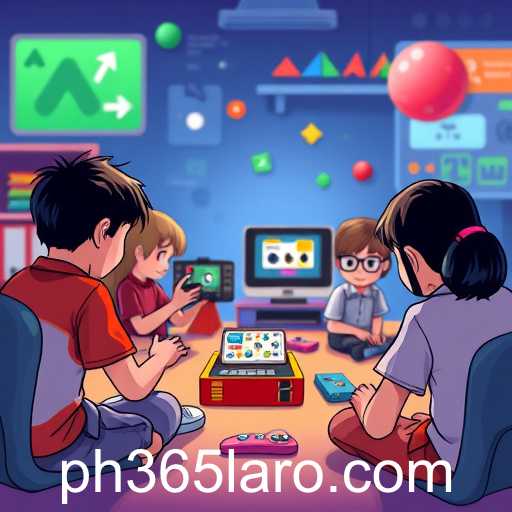In recent years, the landscape of education has experienced a transformative shift with the integration of technology into learning environments. One notable development within this domain is the surge in popularity of educational games, a unique category of interactive entertainment that combines fun with learning. The website in focus highlights 'Educational Games' with the keyword 'ph365,' underscoring the growing acceptance and application of these tools in modern education.
Educational games are designed not just to engage, but to educate. They offer a blend of interactive elements, storytelling, and problem-solving tasks that foster deeper understanding of various subjects. This innovative approach makes learning more accessible to diverse age groups, breaking the monotony of traditional educational methods.
One of the most significant advantages of educational games is their ability to cater to different learning styles. Visual learners can benefit from vibrant graphics and animations, kinesthetic learners can engage with touch-based interactions, and auditory learners can gain from soundtracks and voice narration. By accommodating these unique learning preferences, educational games create a more inclusive learning environment.
Furthermore, educational games promote critical thinking and improve cognitive skills through challenges and puzzles. By posing problems that require strategic thinking and decision-making, these games develop skills that are crucial in both academic and real-world contexts. Players learn to analyze situations, weigh options, and make informed decisions, all while staying engaged and motivated.
The role of educational games extends beyond classrooms. With the prevalence of digital devices, learning is no longer confined to schools. Students can access educational games at home on their tablets, computers, or smartphones, allowing for continuous learning opportunities outside school hours. This flexibility supports self-paced learning, enabling students to revise concepts at their own speed and revisit challenging topics as needed.
Moreover, educational games often incorporate elements that promote collaboration and communication. Multiplayer games require players to work together to solve puzzles or achieve a common goal, encouraging teamwork and enhancing social skills. These games create a platform for students to interact and learn from one another, building a community of learners connected by shared objectives.
The integration of educational games into curricula is supported by various educational professionals who recognize the impact of game-based learning. Teachers and instructors embrace these tools as supplemental resources that can reinforce classroom lessons and keep students engaged in their educational journey.
In conclusion, the 'Educational Games' category, highlighted by the 'ph365' keyword, represents a pivotal shift in how education is delivered and experienced. By transforming learning into an enjoyable, interactive experience, educational games have set the stage for future educational innovations, ensuring that learning remains a compelling and rewarding endeavor for learners of all ages.








